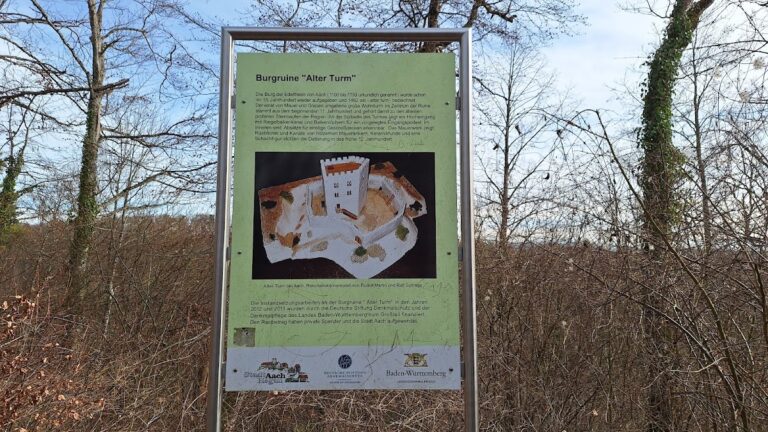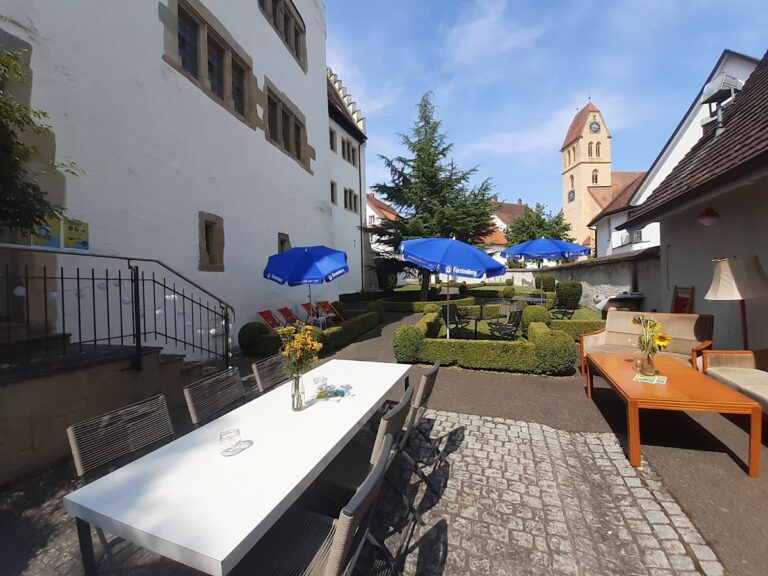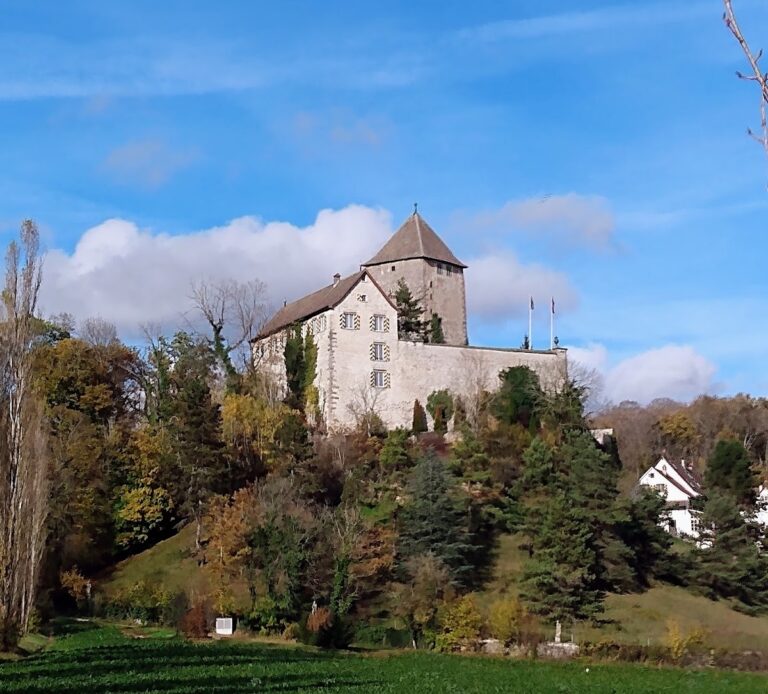Burg Staufen: A Medieval Hilltop Castle Ruin in Germany
Visitor Information
Google Rating: 3.5
Popularity: Very Low
Google Maps: View on Google Maps
Country: Germany
Civilization: Unclassified
Remains: Military
History
Burg Staufen is a medieval hilltop castle ruin situated near Hilzingen in modern-day Germany. Built during the Middle Ages, it occupies the summit of the 594-meter-high Staufen mountain and was constructed by a German-speaking feudal society of the region.
The castle’s known history begins around 1269 when it came under the control of the Lords of Homburg as a fief, a type of feudal tenure. This noble family maintained possession for several centuries, with the last known lord, Wolf von Homburg, passing away in 1566. During this time, the castle’s governance and landholding were partly influenced by the Counts of Hohenberg until 1381. In that year, control over the territory shifted to the Dukes of Austria, reflecting the complex political landscape of medieval southwestern Germany.
In 1499, Burg Staufen suffered significant damage during the conflict known as the Swiss War. Forces from the Swiss Confederation set fire to the castle, marking the beginning of its decline as a stronghold. The destruction worsened in the mid-17th century, during the Thirty Years’ War, when military actions led by Konrad Widerholt, commander of the nearby Hohentwiel fortress, targeted Burg Staufen. In 1638, soldiers deliberately demolished the interior buildings and other structures within the castle to prevent its further use.
Despite this devastation, the ruined castle retained military importance. It served twice as a base for forces besieging the Hohentwiel fortress in 1641 and again in 1644, demonstrating that even in a dilapidated state, Burg Staufen was strategically valuable during ongoing regional conflicts.
Remains
Burg Staufen’s remnants reveal the outline of a hilltop fortress (referred to as a Höhenburg in German), which was established on the summit of Staufen mountain. The surviving structures primarily consist of substantial portions of the original ring wall, which once encircled and fortified the castle. This stone defensive barrier underscores the castle’s nature as a fortified site designed to oversee and control the surrounding landscape.
The construction employed local materials, likely including quarried stone, assembled in a typical medieval masonry style suited to hilltop fortresses. Over centuries, parts of the castle were dismantled by locals who repurposed the stone for building materials, which has left only fragments of the former buildings standing. Today, these remain as structurally vulnerable ruins, with certain sections requiring support to prevent further collapse.
No surviving inscriptions, decorative elements, or archaeological artifacts such as tools or pottery have been recorded at the site. Although incomplete, the ruins offer insight into the castle’s once-impressive fortifications and the layered history of military use and destruction it endured through the late Middle Ages and early modern period.







